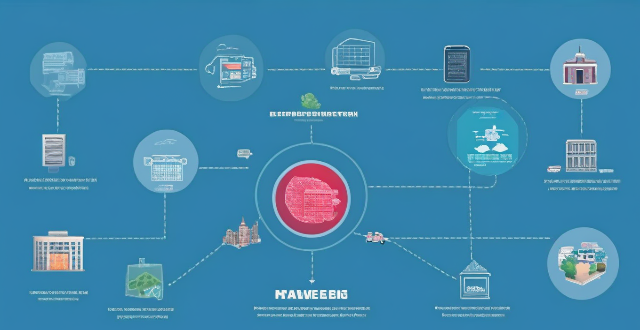Circular economy policies align with the United Nations Sustainable Development Goals by reducing resource depletion, minimizing waste and pollution, promoting energy efficiency, creating jobs, enhancing resource efficiency and sustainable infrastructure, fostering global partnerships, supporting sustainable communities, encouraging innovation and education, and contributing to climate action. These policies offer a comprehensive approach to achieving sustainability by promoting a system that is restorative and regenerative by design, providing economic and social benefits and being a critical component of global sustainable development efforts.

Circular Economy Policies and the United Nations Sustainable Development Goals
The circular economy is a system that aims to keep resources in use for as long as possible, extracting the maximum value from them while incurring the least waste. It is based on the principles of designing out waste and pollution, keeping products and materials in use, and regenerating natural systems. This approach aligns closely with the United Nations Sustainable Development Goals (SDGs), which aim to promote prosperity while protecting the planet. Here's how circular economy policies can help achieve these goals:
Reduce Resource Depletion
- Goal 12: Responsible Consumption and Production
- By promoting the reuse and recycling of materials, circular economy policies can significantly reduce the demand for new raw materials, contributing to the sustainable management of natural resources.
- Encouraging the design of products that are easier to repair, refurbish, and recycle extends their lifespan and reduces waste.
Minimize Waste and Pollution
- Goal 14: Life Below Water and Goal 15: Life on Land
- A circular economy reduces waste by design, mitigating pollution of both water and land ecosystems.
- Policies that incentivize waste reduction and recycling can lead to cleaner environments and healthier ecosystems.
Promote Energy Efficiency
- Goal 7: Affordable and Clean Energy
- Circular economy practices often involve energy-efficient technologies and processes, reducing the need for non-renewable energy sources.
- Policies supporting the transition to renewable energy sources within a circular framework can accelerate the move away from fossil fuels.
Create Jobs and Economic Opportunities
- Goal 8: Decent Work and Economic Growth
- The circular economy model often leads to the creation of new jobs in recycling, repair, and remanufacturing sectors.
- By fostering innovation in sustainable business models, circular economy policies can drive economic growth while providing decent work opportunities.
Enhance Resource Efficiency and Sustainable Infrastructure
- Goal 9: Industry, Innovation, and Infrastructure
- Circular economy principles encourage industries to adopt more resource-efficient practices and develop innovative solutions for sustainable infrastructure.
- Policies can support the transition to industrial systems that prioritize sustainability and resilience.
Foster Global Partnerships
- Goal 17: Partnerships for the Goals
- Achieving a circular economy requires collaboration across sectors and between nations.
- International cooperation on circular economy policies can lead to knowledge sharing, technology transfer, and collective action towards sustainable development.
Support Sustainable Communities
- Goal 11: Sustainable Cities and Communities
- Circular economy strategies can be integrated into urban planning, leading to more sustainable and resilient cities.
- Policies that promote community-based recycling programs and local food systems strengthen community cohesion while reducing environmental impact.
Encourage Innovation and Education
- Goal 4: Quality Education and Goal 17: Partnerships for the Goals
- Integrating circular economy concepts into education fosters awareness and innovation among future generations.
- Collaborative partnerships between educational institutions, businesses, and governments can drive research and development in sustainable technologies and practices.
Contribute to Climate Action
- Goal 13: Climate Action
- Reducing waste and improving resource efficiency directly contribute to reducing greenhouse gas emissions.
- Circular economy policies that promote low-carbon technologies and practices play a crucial role in combating climate change.
In conclusion, circular economy policies offer a comprehensive approach to achieving the United Nations Sustainable Development Goals by promoting a system that is restorative and regenerative by design. These policies not only address environmental challenges but also provide economic and social benefits, making them a critical component of global sustainable development efforts.